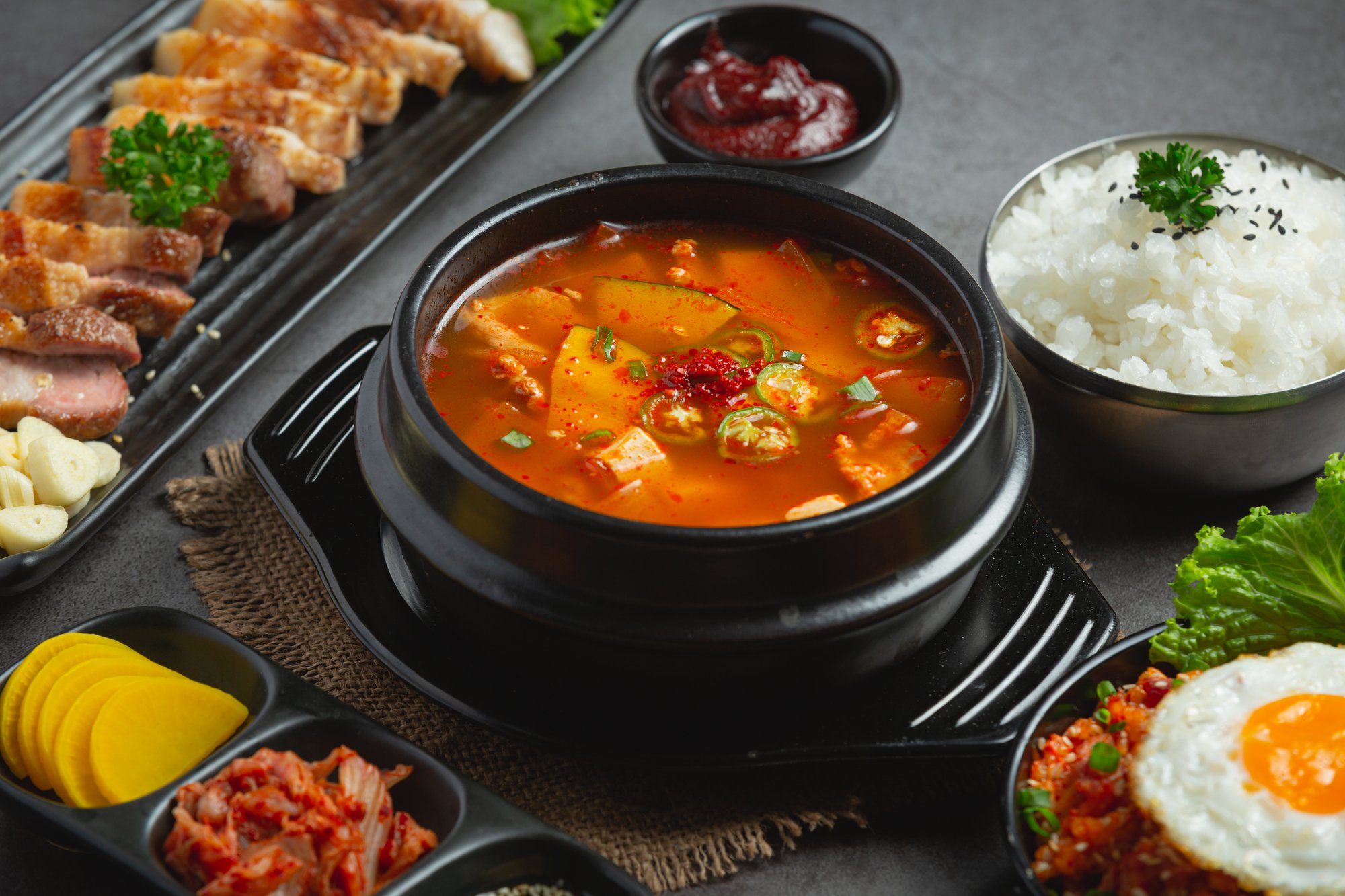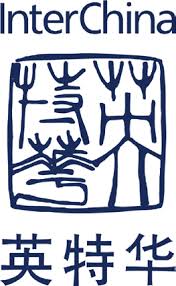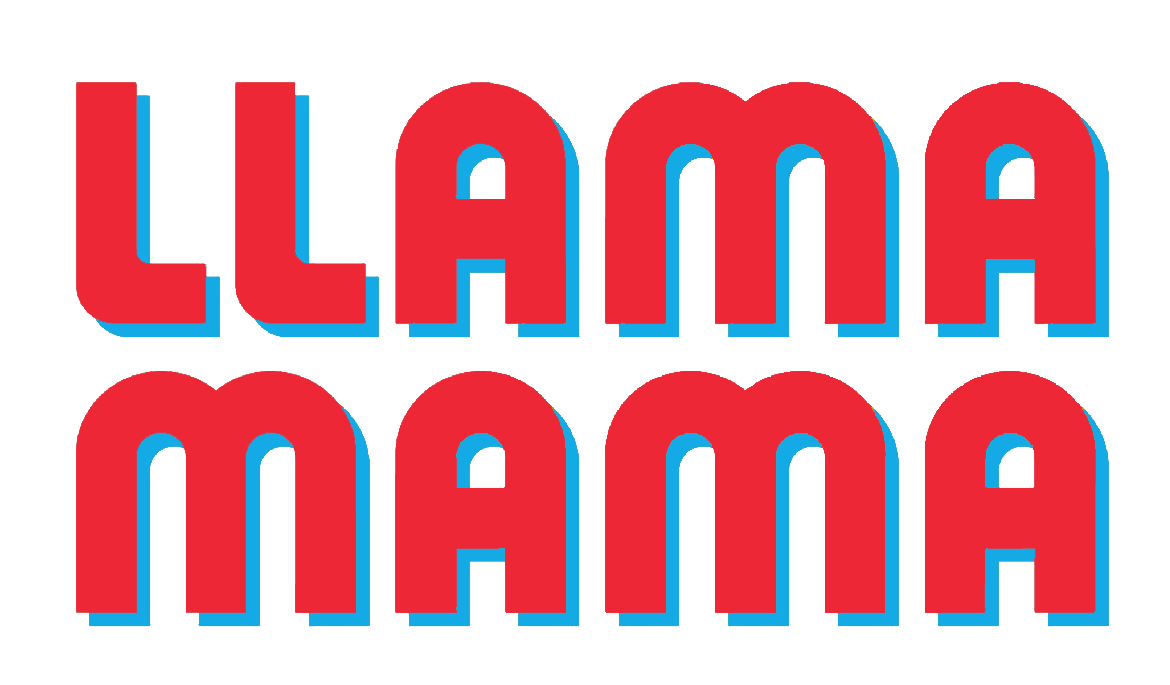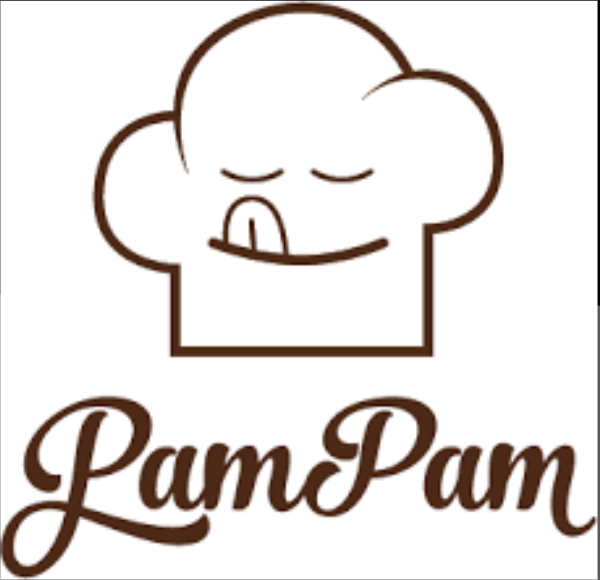Choosing the right distributor in Japan is key to unlocking this lucrative market.
Japan is the third largest economy in the world and one of the largest export markets. There are opportunities for many kinds of products. Vegetables, fruits, meat, wine, olive oil, and cheese, to name a few.
Accessing these opportunities isn’t easy though. Japan has some of the highest standards for quality, and you need to make sure your product measures up. You must understand Japan’s opaque business customs and culture to do business here too. Depending on your product and your project, how you play things in Japan will be quite different. Figuring out your route to market begins with understanding Japan's distribution structure and import channels.
We’ve condensed everything you need to know to choose a distributor in Japan in to 5 key points.
1. Know the landscape is highly fragmented before choosing a distributor in Japan
As part of your product/market fit assessment, it's critical to work on your product/route-to-market strategy. Map out your options and draw up your entry or expansion scenarios. This starts with understanding the Japanese retail landscape.
Small chains dominate Japan's retail channels. There is little consolidation except for convenience stores.
The top 30 supermarket chains in Japan only account for 30% of total sales nationwide. Regional, non-consolidated supermarkets account for 65%. If you are targetting broad penetration for your product, managing distribution in Japan is a challenge.
In this respect, it can be easier to think of the Japanese landscape as 3 main regions. Kanto (i.e. the Greater Tokyo area), Kansai (Osaka, Kyoto and Kobe) and Chubu (Nagoya, Nigata and Nagano). Together these 3 regions account for 70% of total food sales.
When finding a distributor in Japan, it’s key to understand their geography in this context. Ask questions like:
- Which region do you they operate in? The 3 main ones, or only Kanto for example?
- Is their coverage local or nationwide?
- Which supermarket chains does the distributor work with in Japan?
- What percentage of small retailers do they cover in each region?
It’s often better to start small. Focus on local distribution in Japan rather than on a national level. Nagoya alone for example represents an impressive market of 7 million people. The Kansai region’s GDP is near Switzerland's. A regional approach will grant you access to a healthy market with manageable distribution. And, it will give you time to see how the market plays before national expansion.
2. Understand the 3 layers a distributor in Japan operates across
There are 3 main layers of Japan’s distribution structure. These differ depending on whether goods are imported or domestically produced.
- For import goods: Importers, wholesalers and retailers/ food service.
- For domestically produced goods: manufacturers, wholesalers and retailers/ food services.
Historically importers are mainly trading companies and a few specialized importers. Recently, more and more wholesalers and retailers have been acting as importers. Manufacturers in some industries, especially alcoholic beverages (i.e. Suntory), also act as importers.
The second layer is Wholesalers. The vast majority of business goes through them in Japan. Direct sales between importers and retailers are very limited. This is unlike other markets where distribution is consolidated.
Finally, there are retailers. Supermarkets dominate the space with a total of around 19,000 stores nationwide. Only a few are large national chain stores. The vast majority are small regional supermarkets. For imported foods, international grocers, like KALDI, and Cash & Carrys, like Costco, are good options.
3. Know the 5 main types of importers before choosing a distributor in Japan
Trading houses i.e. Mitsubishi, Itochu, Mitsui
The trading houses are a powerful route to market. They work with all the major wholesalers in Japan. In fact, they own many of the major wholesalers and retailers.
Trading houses are highly price driven. When you deal with them they will focus on scale. They wan to know whether your product have the potential to drive high sales volumes. For this reason, they are less interested in innovative products that are new to Japan. The exception here is established brands that have proven success in other markets. Alpro's Oat Milk for example.
Large Importers i.e. Kataoka, Tominaga, Lead Off Japan
The large importers cover a range of F&B categories. They work with major wholesalers and food service channels. These importers are selective in who they work with because they have many options. They are approached by a lot of clients and actively attend trade fairs.
Getting your product on their radar can be tough because it is already so full of potential offers. To deal with large importers you need to be well prepared. Make sure you do due diligence on your own business. Prepare a lot of information. Your sales projections in Japan, as well as proof of success in other markets is a good start.
Specialized Importers i.e. Alishan Organics, Allied Corporation, Monte Bussan
Specialized importers cover a niche. Allied Corporation which specializes in importing products from Thailand is one example. They can be an ideal distributor in Japan for small businesses because they are open to innovative products.
They are passionate and interested in knowing about the products they import. As such, you can help pave a smooth road towards partnering with them by preparing detailed information about your business.
A challenge in working with specialised importers is understanding their distribution. Because they are more niche than larger importers and trading houses, their reach is smaller. It's up to you to establish this. To do so, engage personally with the business owners and key people. Show openness to share about your business while gaining a deeper understanding of theirs.
Wholesalers i.e. Mitsubishi Foods, Kato Sangyo, Nippon Access
The large wholesalers in Japan also operate their own direct import. Working directly with a wholesaler can be an effective way to get access to many retail channels. At the same time, it’s important to understand the distribution of wholesalers that you work with.
To capture the attention of wholesalers, you need a similar level of detailed information as you do for large importers.
Ratilers i.e. AEON, SEIJO ISHI
International grocery chains like SEIJO ISHI and KALDI are great options for entering the Japanese market. Hundreds of stores across Japan and dedicated teams with deep expertise on import goods make them strong candidates for your distributor in Japan. Their dedicated subsidiaries import products directly too, another great benefit.
Supermarkets are increasingly trying their hand at direct import too. A growing sign that Japan is trying to move away from the dominant grip of wholesalers. AEON for example has been doing direct import for some time. So too have several regional supermarkets.
Supermarkets have limited expertise. They will often need support from you, especially on the regulatory and product development side.
There are international operators such as Costco too. These make great partners. They are open to stocking international goods and have strong expertise in engaging the local market with novel products.
To work with retailers, you will need to have a very convincing brand story. This means adapting your selling points to the local market. The easier you make the lives of retailers in Japan, the more they will be open to trying your products.
4. Understand How wholesalers in Japan function
Wholesalers in Japan are the glue that holds Japan’s fragmented retail and distribution landscape together. Japan has thousands of retail chains, many consisting of only two to three stores. Japan’s big wholesalers play a pivotal rle in servicing these fragmented chains.
The role of wholesalers is to work between manufacturers and retailers to manage:
- Supply and sales,
- Orders and inventory,
- Storage and logistics,
- Invoices and rebates, and more.
They list thousands of SKU’s across frozen, chilled and ambient temperature zones. Given their pivotal position, it is obligatory to understand who they are and what they do before deciding on a distributor in Japan.
In terms of who the wholesalers are, there are 8 large wholesalers for retail and around 8 for food service. Some of the big ones at retail include KOKUBU, NIPPON ACCESS, and Mitsubishi Shokuhin. If you know the wholesalers, you can ask importers which ones they are working with to help understand their distribution network.
5. Resources are key
Choosing the right distributor for Japan takes time and work. Japan’s distribution network is complex. Building relationships is vital. In short, you need dedicated resources to succeed.
Having a local expert helps you to understand what is your best route to market and why. Someone with experience on the ground in Japan can directly approach distributors with a compelling sales pitch adapted to the local consumers' and distributors' needs. For this, GourmetPro has you covered.


%206.png)
.svg)






.svg)



.svg)
.svg)
.svg)

.svg)


















































.png)


















































